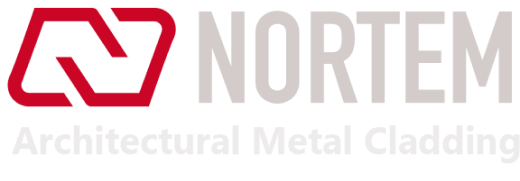Today, aluminum composite material (ACM) is the preferred cladding material in high-rise buildings and some other structures. However, this wasn’t always the case. Before ACM appeared onto the scene, aluminum plate was the preferred choice for the majority of construction companies, architects, and building owners.
When
ACM first came out, panels made from the material were dispersed into
market in huge numbers by their manufacturers to seize a significant
share of the market. The aluminum composite panels were sold in huge
numbers and justifiably so. Compared to panels made from aluminum plate,
ACPs were more lightweight, durable, and cost-effective. Additionally,
they came with a variety of standard colors.
Aluminum
composite material still retain these characteristics to date and some
other characteristics have been added over the years to increase the
material’s appeal and viability. ACM can be easily rolled, and it is
easy to form it into a product for use in buildings.
Importance Things to Know Before Purchasing and Using ACM
Before you buy and use ACM cladding material in a building, you need to know a few important things about the material. The first thing that you need to know is that two different types of ACM are available to you: Fire Resistant (FR) core and Polythylene (PE) core. The main difference between the two types of ACM is that the PE core has a thermoplastic polyethylene material at its core while the FR’s core comprises of mineral filled thermoplastic.
In addition to the above, another important aspect of ACM is that it is a combustible product. Therefore, it is important to find out which building code ACM falls under and then get it tested to ensure compliance with the code. Doing this will increase the life of the panel system while ensuring the safety of the structure and its occupants.
While ACM is a great material to use in buildings, it can sometimes seem a little expensive. At this point, many people are tempted to go for a cheaper ACM, which is generally not certified, to avoid paying a lot of money upfront. However, this is a mistake that ultimately costs the buyers a lot of money. While there are many cheap ACMs that are non-certified, there are several others that are genuine and certified. So, why are these ACMs cheap or less expensive than other aluminum composite materials in the market? We reveal that next.
The Difference Between Cheap and Pricey Aluminum Composite Panels
Some ACPs in the market are more expensive than others because they are built from a high-grade material and the labor involved in their construction is more skilled. Due to these reasons, some aluminum composite panels are less resistant to extreme weathers and corrosion than others.
Often the coating used on these panels is polyfluorocarbon which automatically makes them more expensive than other ACPs in the market. Another reason for the difference in the price of the cheap and expensive aluminum composite panels is the level of resistance to fire; some ACPs are more fire-retardant than others and this have a higher cost.
Final Word
In addition to using a certified ACM, there are several other advantages of choosing a pricey aluminum composite material over a cheap one. These advantages of pricey ACM are detailed above.

